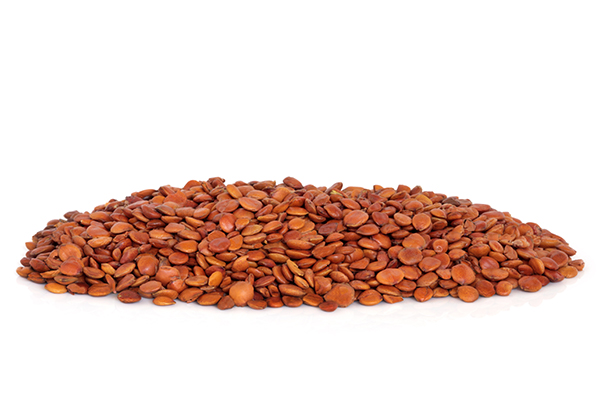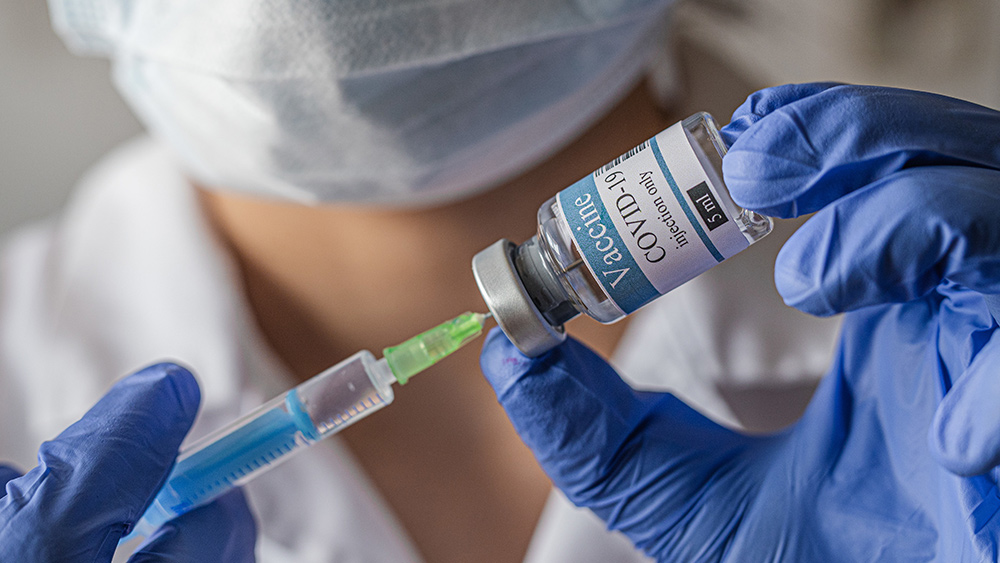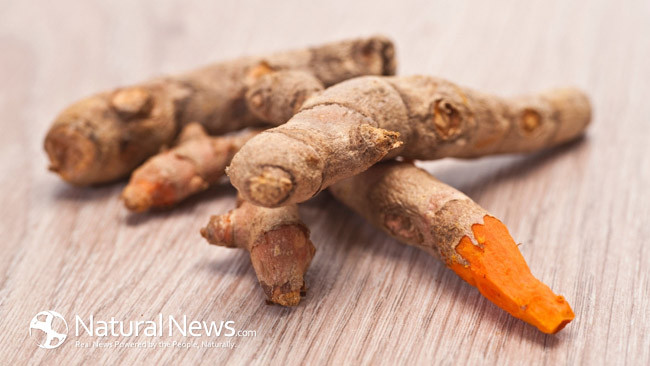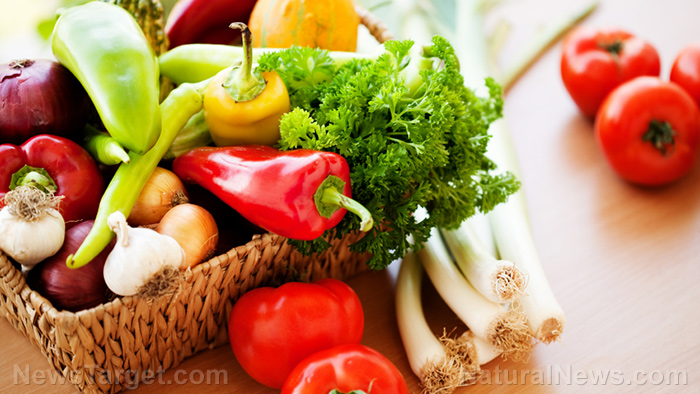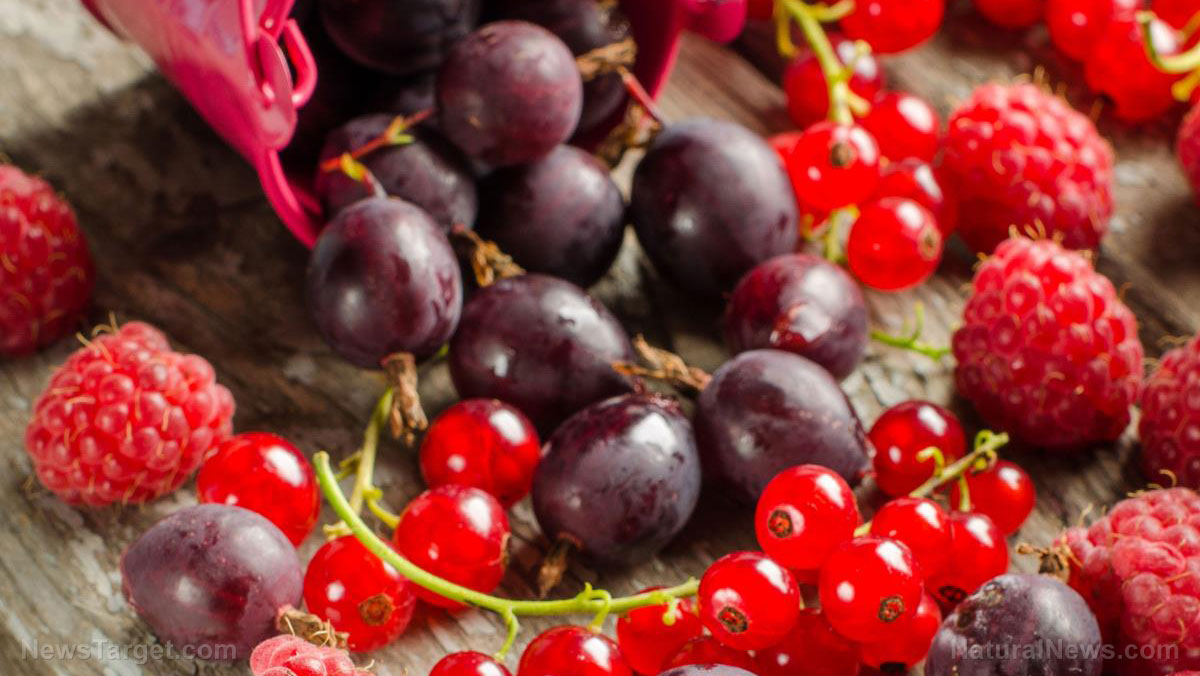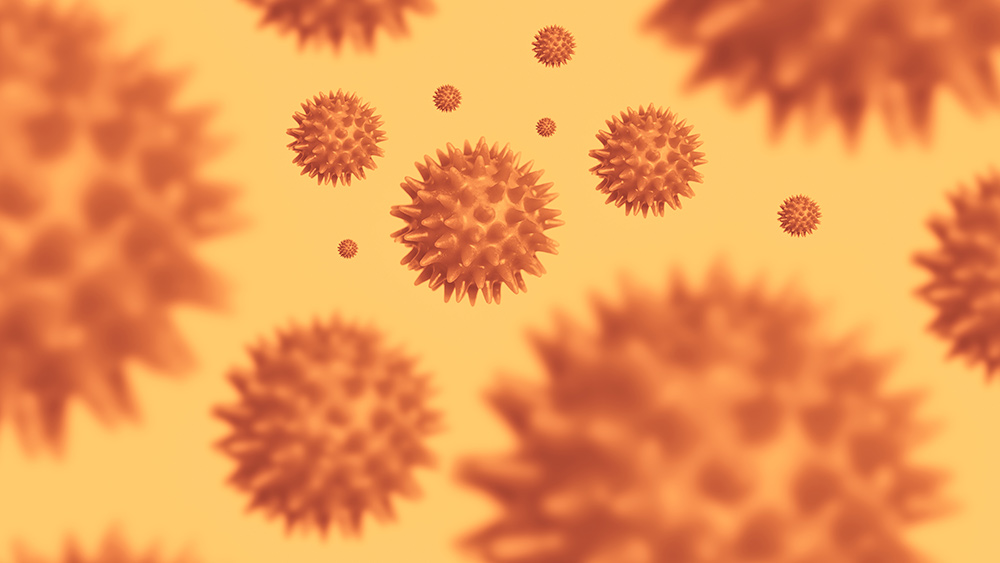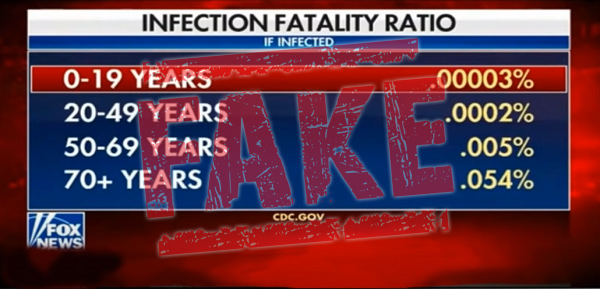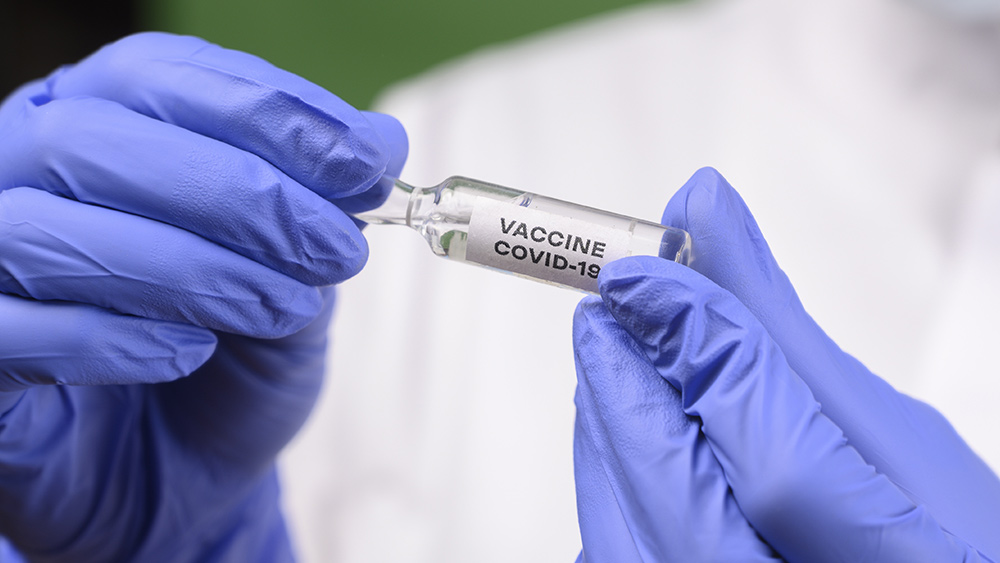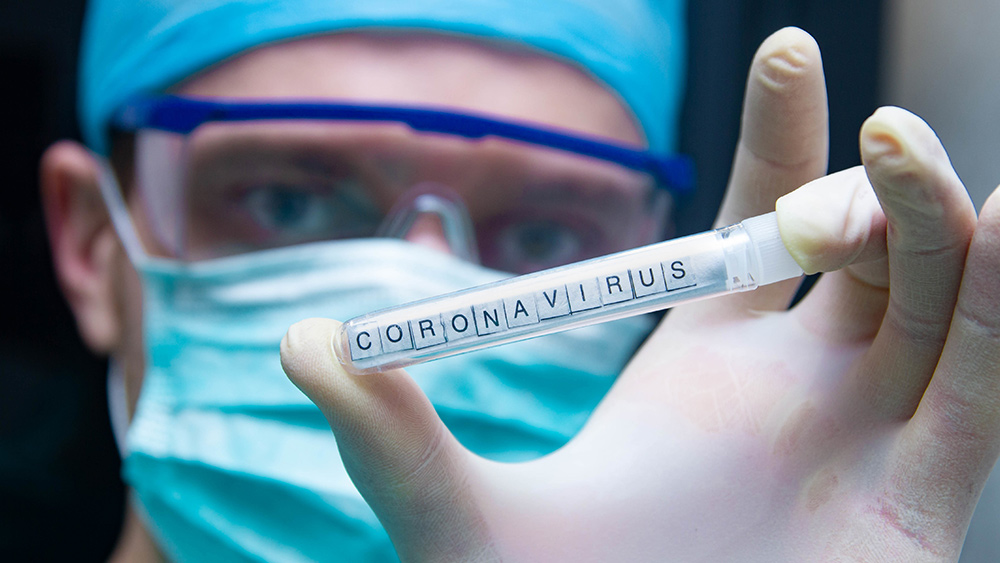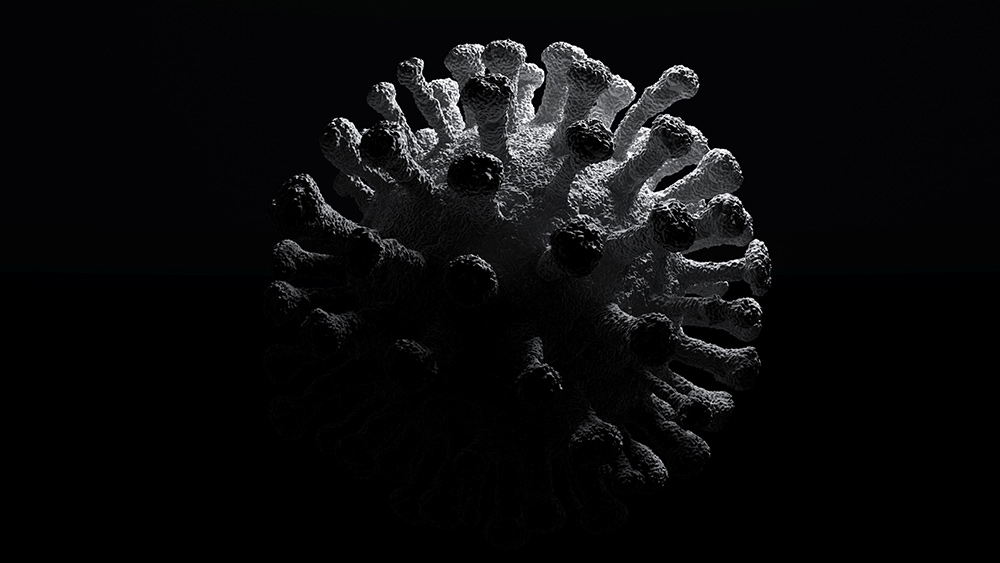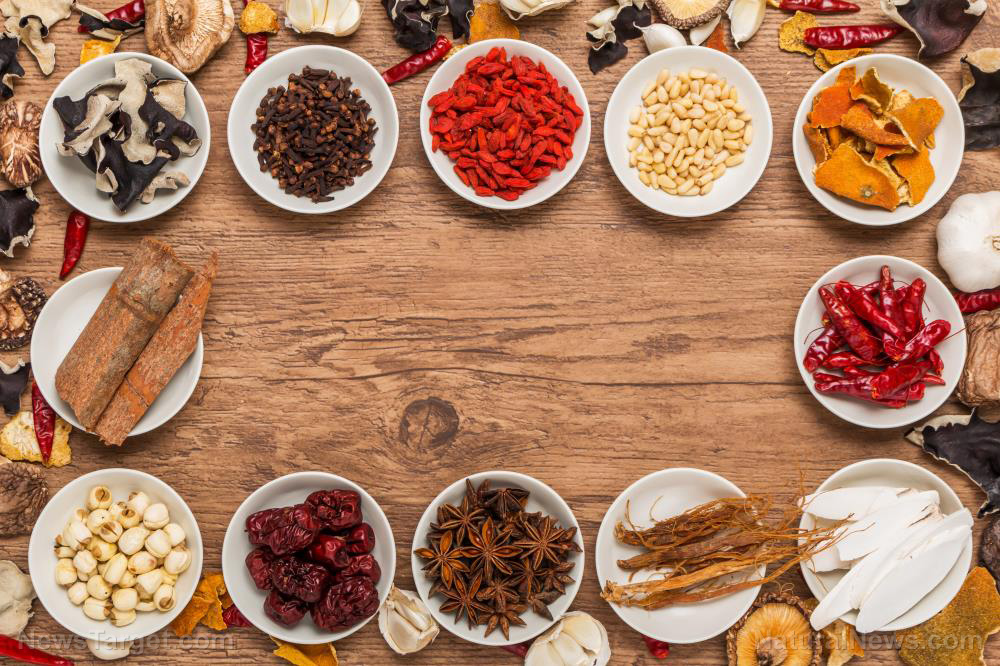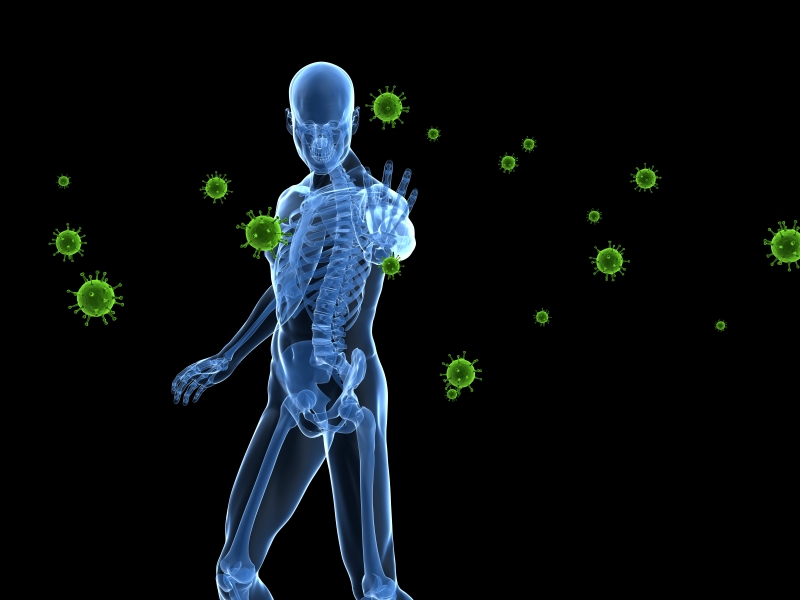Observing changes in phytochemical content and antioxidant activity of developing broccoli florets
09/30/2020 / By Evangelyn Rodriguez
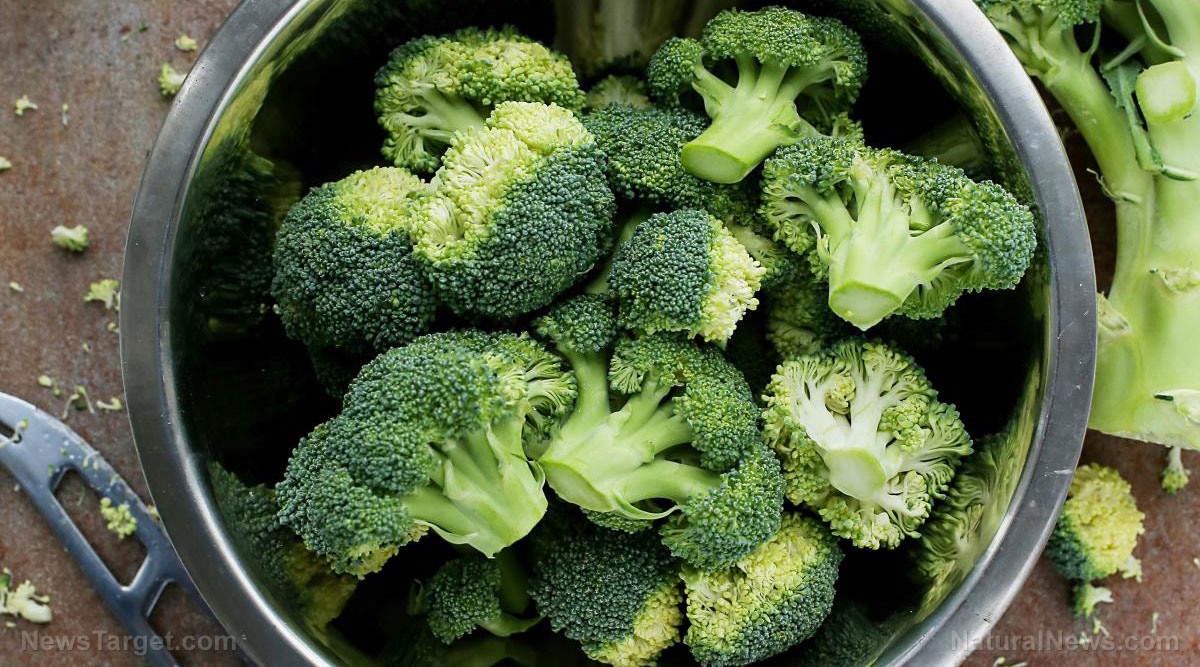
In this study, South Korean researchers investigated the influence of the head ontogeny process on glucosinolate (GSL) concentration, total phenolic and flavonoid content and antioxidant activities of broccoli florets grown in open field conditions in South Korea. Their findings were published in the Chilean Journal of Agricultural Research.
- For their experiment, the researchers studied the florets of six broccoli (Brassica oleracea) genotypes at three different inflorescence developmental stages.
- They found that the level of phytochemicals and antioxidant activities varied significantly among genotypes and developmental stages.
- Of the eight GSLs identified by the researchers, only five were present in all the genotypes studied and their respective developmental stages.
- Toward the later stages of development, the levels of glucoraphanin (GRA), a major GSL, significantly increased.
- Meanwhile, glucobrassicin (BRA) showed a reverse accumulation pattern with the highest value at the immature stage.
- Other minor GSLs varied depending on the genotype.
- Total phenolic and ascorbic acid content also increased significantly as the broccoli florets matured. This was true for all genotypes.
- However, a relatively higher increment in ascorbic acid (65.8 to 100.9 percent) was observed than phenolic content (10.2 to 31.2 percent).
- Flavonoid content exhibited a cultivar-dependent accumulation pattern throughout the developmental stages.
- Antioxidant activity, meanwhile, increased with inflorescence development, but the increment was higher than total phenol content and lower than ascorbic acid content.
- The researchers measured the highest value for GRA, ascorbic acid, total phenol and antioxidant activities for the 09FA-M295 cultivar at the commercial stage.
- Regardless of the genotype and inflorescence development stage, total phenolic content showed the highest correlation with antioxidant activity, followed by ascorbic acid and flavonoid content.
- GSLs showed a non-significant correlation with antioxidant activity.
Based on these findings, the researchers concluded that the accumulation pattern of phytochemicals in broccoli varies depending on inflorescence development.
Read the full study at this link.
Journal Reference:
Bhandari SR, Kwak J-H, Jo JS, Lee JG. CHANGES IN PHYTOCHEMICAL CONTENT AND ANTIOXIDANT ACTIVITY DURING INFLORESCENCE DEVELOPMENT IN BROCCOLI. Chilean Journal of Agricultural Research. March 2019;79(1):36–47. DOI: 10.4067/s0718-58392019000100036
Tagged Under: #nutrition, antioxidants, broccoli, food cures, food is medicine, food science, Fresh, glucosinolate, organics, phytonutrients, research, veggie



